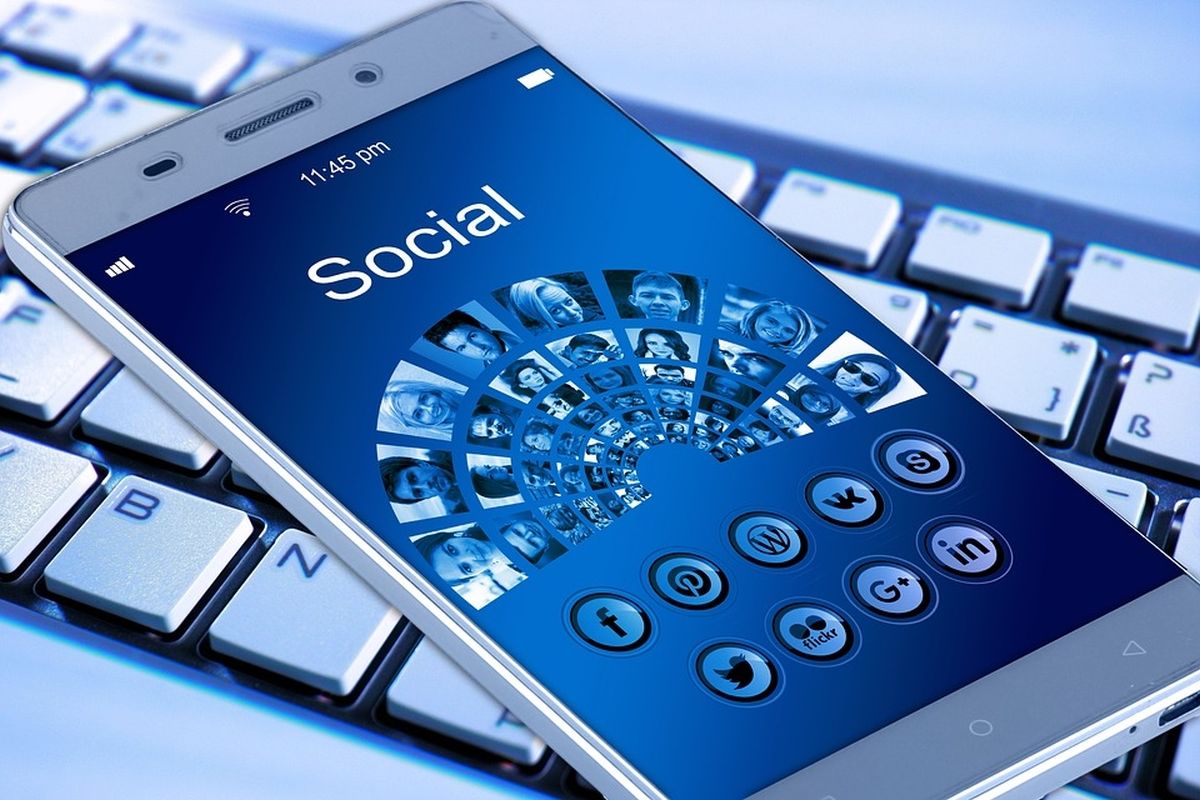AI models by Google, Nvidia can predict path, intensity of major storms: Study
To investigate this, the researchers analysed November 2023's Storm Ciaran which hit northern and central Europe.
No other pandemic had its death toll, details, debates updated through 24/7 media coverage, millions of social media sources, three billion cell phone users continuously accessing news – unlike earlier times when people read the morning newspaper once a day.

Social media. (File Photo: IANS)
Lost money, saved lives. A chronicler in year 3020 might accurately sum up the COVID-19 pandemic. Posterity will know it as the first pandemic brought home to billions through media and social media in real-time. No other pandemic had its death toll, details, debates updated through 24/7 media coverage, millions of social media sources, three billion cell phone users continuously accessing news – unlike earlier times when people read the morning newspaper once a day.
This minute, 3.8 billion people are exchanging information through social media – 49 per cent of the global population. More than 4.5 billion people are on the Internet, accounting for 347 million tweets (microblog posts on Twitter), 117 million emails and 3.1 billion Google searches daily. And the leading topic is a coronavirus.
The media is spreading minute-byminute updates on 33,000 dead from the new Coronavirus, but with typical idiocy pandemic to my profession, forgets to mention in the same death-clock how many have recovered – more than 151,000 as of March 30. Such a tsunami of information, hidden information and misinformation inevitably generated a response different from earlier epidemics and pandemics – from the prehistoric epidemic in northeastern China circa 3000 BC, the Plague of Athens in 450 BC that killed 100,000, the Black Death that killed more than half of Europe’s population during 1346- 1353.
Advertisement
The more modern 20th-century Spanish Flu that killed 500 million people during the years 1918-1920, the 21st century H1N1 Swine Flu, the Ebola epidemic, SARS – never remotely received the kind of attention the SARS-CoV-2 virus causing Covid-19 is receiving. Pandemic causes are similar across history – poor hygiene from overcrowding, killer bacteria and virus spreading through rats, bats – but the Covid-19 pandemic had the unique effect of unprecedented media and social media attention.
It led to responses such as nationwide “lockdowns”, megacities turned into ghost towns, the global economy damaged, livelihoods lost – but lives saved. “We know how to bring the economy back to life,” tweeted Nana Akufo- Addo, President of Ghana, “What we do not know is how to bring people back to life. Stay at home”. People ask: “Millions of lives lost every year due to malaria, common flu. Why this big fuss over a coronavirus that caused a fraction of those deaths?”
That is a question asked upside down. The question to ask: how many millions would lose their lives if Covid-19 had been dealt with the same way as with common flu, malaria and earlier pandemics? Or ask another way: how millions of lives would have been saved if we had dealt with common flu, malaria, malnutrition with the same media and social media attention the new Coronavirus is getting?
“If you have the virus, you’ll be contagious one day before developing symptoms and up to five to seven days after becoming ill. Younger children or people with a weakened immune system may be contagious for longer. The virus can also survive on surfaces, such as doorknobs and tables, for up to 24 hours.” Sounds familiar? That was an advisory for the common flu which the US Center for Disease Control and Prevention (CDC) issued on 21 December 2018.
The flu kills an average of 646,000 people worldwide each year. How many more would have died with the deadlier new coronavirus if the media and social media ignored it the same way as we commonly do with the common flu? “Covid-19 is the most transmissible disease we have ever encountered,” renowned heart surgeon Dr Devi Shetty said in an Op-Ed article on March 16. With the never-before intensity of media and social media tools available, Covid-19 received a never-before response.
The viral media attention transmitted a mixture of lives-saving information, chaos-causing misinformation and fresh evidence of the unlimited capacity for human stupidity. Many who mocked the coronavirus or ignored quarantine are now in hospital or in obituary lists. The information tsunami also ensured Covid-19 brought out the best of humanity, unlike other pandemics that flew over billions of unknowing heads: the courage of many – those maintaining essential services from grocery stores to hospitals, to those helping, caring, sharing and donating whatever they can to reduce the suffering of others.
It took the Covid-19 pandemic to realize the lifesaving importance of washing hands, a basic hygiene habit the UNICEF tried to inculcate through the Global Handwashing Day campaign it started on 15 October 2008. It took the Covid-19 pandemic for the world to give up the germs-spreading, unhygienic habit of shaking hands, a warning The Statesman issued in an article ‘Algebra of the Namaste’ in July 2015.
We know more than 33,000 people died from Covid-19 as of March 30. But do we know how many lives have been saved the past two weeks from washing hands and not shaking hands? How many lives have been saved by staying home? If you read first-hand experiences of those who recovered from COVID-19, you will never risk getting the coronavirus.
Ignore “experts” who contradict themselves, non-experts who blabber too much, conspiracy theories you are not in a position to verify and follow your governmental health guidelines wherever you are in the world. Stay home – until your governmental health advisory says life can return to normal. Losing money, suffering severe inconveniences is worth the ultimate benefit of saving your life and not infecting others with death.
(The writer is a senior, Mumbai-based journalist)
Advertisement